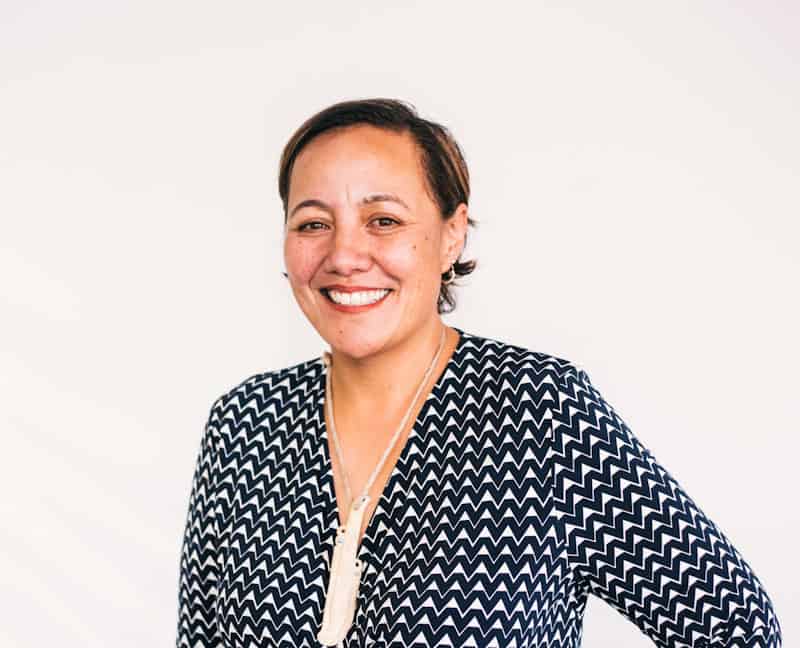Te taiao can be a memory bank of our personal and cultural histories. Erina, would you like to share a formative memory from your childhood that you can trace your passion for environmental mātauranga and/or connection back to?
My three brothers and I spent a lot of our weekends gathering kai with our parents, and sometimes grandparents. Whether that was picking puha or watercress; or diving for mussels, kina, and pāua when we were old enough; picking mushrooms; picking pipi, or fishing for snapper, kahawai, gurnard or eels, or just simply helping in the garden. And now my own children have grown up doing all the same things except they have added hunting, whitebaiting and diving for crays into the mix. Being out in the environment we have an appreciation, connection, obligation, and responsibility of care. It is an inherent part of who we are as Māori who whakapapa to this place, Aotearoa.
One of your areas of expertise is lake and river restoration. What’s something remarkable to you about the freshwater systems of Aotearoa?
One of the things that concerns me about the freshwater systems in Aotearoa is the fact that 76 percent of indigenous freshwater fish species (39 of 51) are threatened with extinction or are at risk of becoming threatened (as per Stats NZ Extinction threat to indigenous freshwater species indicator). It just highlights that there’s so much work to be done. I think that we need to be innovative and proactive, looking for solutions and actions based on multiple knowledge systems.
I am heartened that there is a lot more investment going into protecting and restoring our freshwater systems and I hope this continues. I believe a lot of this dedicated focus, was initially driven by Iwi and Treaty Settlements, such as the Waikato River Settlement, where the main beneficiary of that Settlement was the Awa itself and the redress was used to set up a co-governance model/entity that has a focus on restoring and protecting the health and well-being of the Waikato River. Tooku awa koiora me oona pikonga he kura tangihia o te maataamuri — The river of life, each curve more beautiful than the last.
“Tooku awa koiora me oona pikonga he kura tangihia o te maataamuri — The river of life, each curve more beautiful than the last”
Tāwhiao, the second Māori King (Ngaati Mahuta)
What drew you to the Pou Pūtaiao role and what do you hope to accomplish over the next two years?
I had been involved in the Challenge for many years initially as a Kāhui member and then as a Mana Rangatira Governance Group member. We are mission led and I’m really keen to support our co-directors and the team to finish the Challenge strongly. The Pou Pūtaiao role is a great opportunity to make a contribution at an operations level and build on the great mahi of those that had gone before me, like Jess Hutchings and Mel Mark-Shadbolt.
This is a more ‘hands on’ role with the opportunity to embed and embrace te ao Māori in the science and innovation system of Aotearoa, and to ensure that the Biological Heritage National Science Challenge takes practical steps to more deeply embed the principles and articles of the Treaty of Waitangi/Te Tiriti o Waitangi. My first task involves updating the Rautaki Māori with the team, and then implementing the shared priorities we identify. It’s been a great challenge so far and the learnings have been immense.
